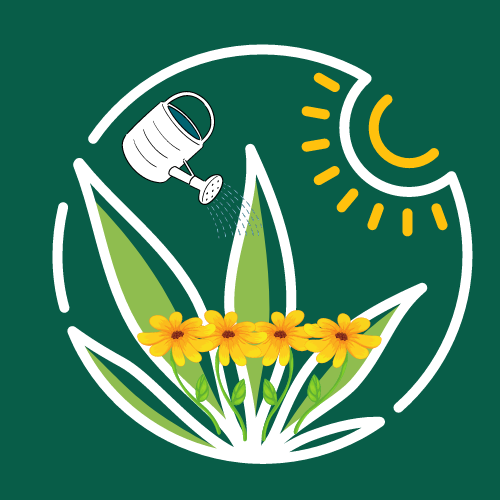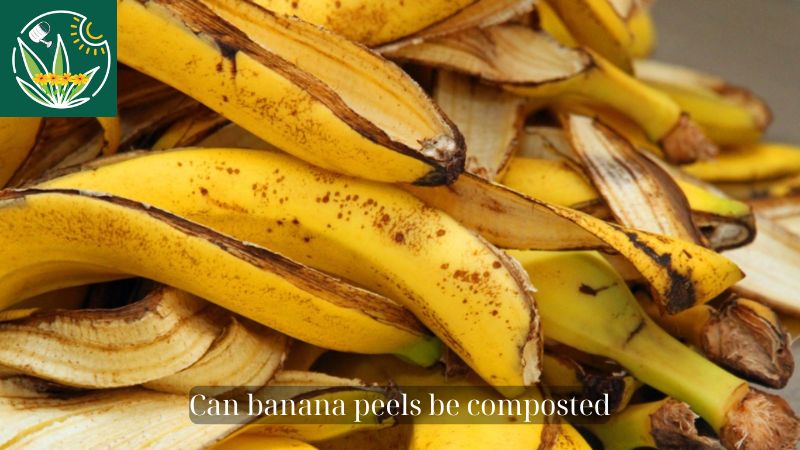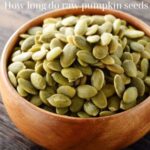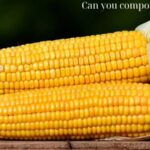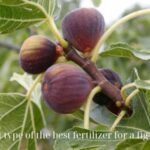Bananas are a familiar fruit and are often consumed every day, but not everyone knows that banana peels, the part that is often discarded, are a valuable resource for plants. We all know that overripe bananas can be peeled, cut and frozen for baking or smoothies. However, few people realize that banana peels are full of important nutrients that can help plants grow healthy.
Let’s explore and answer the question: can banana peels be composted with tree02.com. Banana peels can help you improve your gardening skills, save money and reduce waste in the environment.
Nutritional composition of banana peel
Banana peels are more than just organic waste. They contain a variety of important nutrients such as:
Calcium: Helps promote root growth and improve the ability of the soil to supply oxygen.
Magnesium: Supports photosynthesis, helping plants grow quickly.
Sulfur: Helps strengthen roots and repel pests.
Phosphorus: Improves fruit set and flowering, aids in pollination, germination, and increases seed viability.
Potassium: Increases overall plant vitality, helps plants resist pests, and supports fruit development.
With these components, banana peels are not only a natural solution, but also a great fertilizer for indoor and outdoor plants. Here are four ways you can use banana peels to improve the health of your plants.
Can banana peels be composted?
Yes, banana peels can absolutely be composted. In fact, they are a great addition to compost because they break down quickly and provide valuable nutrients that enhance the quality of the compost. Banana peels contain potassium, phosphorus, calcium, and other micronutrients, all of which are beneficial for plant growth. Here’s a simple guide on composting banana peels:
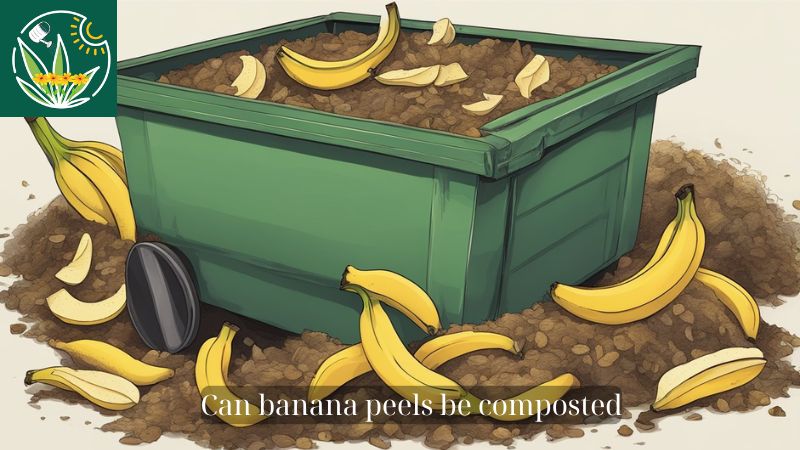
How to Compost Banana Peels
Chop or Shred Them: Cut the banana peels into smaller pieces before adding them to the compost pile to speed up the decomposition process.
Mix with Other Materials: Balance out the “green” materials like banana peels (which are rich in nitrogen) with “brown” materials such as dried leaves, paper, or straw (rich in carbon) for effective composting.
Bury Peels in the Compost Pile: Bury the banana peels under a layer of soil or compost to prevent pests or fruit flies from being attracted to your compost bin.
Homemade Liquid Fertilizer and Safe Insect Repellent
One of the easiest ways to use banana peels is to turn them into liquid fertilizer. To do this, simply cut the banana peels into small pieces and soak them in a bucket of water. Leave the mixture for about two to three days, stirring occasionally to increase the nutrient extraction efficiency.
You can then strain the water and use the liquid to water your plants. Not only does it provide nutrients for your plants, but it can also be used as a safe insect repellent if sprayed on the leaves and branches of your plants, helping to keep away insects like aphids. To enhance the effect, you can add crushed eggshells and a spoonful of Epsom salt to the mixture. This will not only help your plants grow, but will also protect them from harmful pests.
Natural Slow-Release Fertilizer
If you don’t want to make liquid fertilizer, you can use banana peels to make slow-release fertilizer. First, cut the banana peels into small pieces and dry them in the sun or in a low-heat oven. Once the peels are completely dry, you can use them as a dry fertilizer by burying them directly into the soil or mixing them into your potting mix.
Elm trees, orchids, bromeliads, and bird’s nest ferns will especially appreciate this slow-release fertilizer. You can top it up every few months to ensure your plants have enough nutrients to thrive. Banana peel slow-release fertilizer is an ideal way to feed your plants naturally and sustainably.
Use banana peels as mulch
Mulching is an effective way to retain moisture in the soil, prevent weeds, and slowly release nutrients to your plants. Banana peels can be used as a natural mulch, improving the health of your soil and plants. Simply place the banana peels directly on the soil around the base of your plants or in pots. As banana peels decompose, they release nutrients into the soil, helping to nourish your plants.
If you are concerned that banana peels may attract fruit flies or other insects, cover them with a thin layer of regular mulch, such as dried sugarcane. This will help protect your plants and help retain moisture in your soil.
Composting Banana Peels
If you are not going to use your banana peels right away, composting is a great way to recycle organic matter. Banana peels are an ideal addition to a composting system or worm farm, adding nutrients to your soil and plants. They decompose quickly and provide important organic matter for soil improvement.
If you do not have a composting system, many cities and counties offer incentive programs to encourage residents to recycle organic matter. Not only does this reduce kitchen waste, it also provides a great source of natural fertilizer for your plants.
Conclusion
Banana peels, instead of being thrown away, can be used as a powerful tool to help plants grow strong and sustainable. Whether you choose to use them as liquid fertilizer, dry fertilizer, mulch, or compost, banana peels provide many benefits to plants and the environment. Using banana peels not only saves money, but also helps reduce waste in the environment. Start today to make banana peels a part of your plant care plan.
